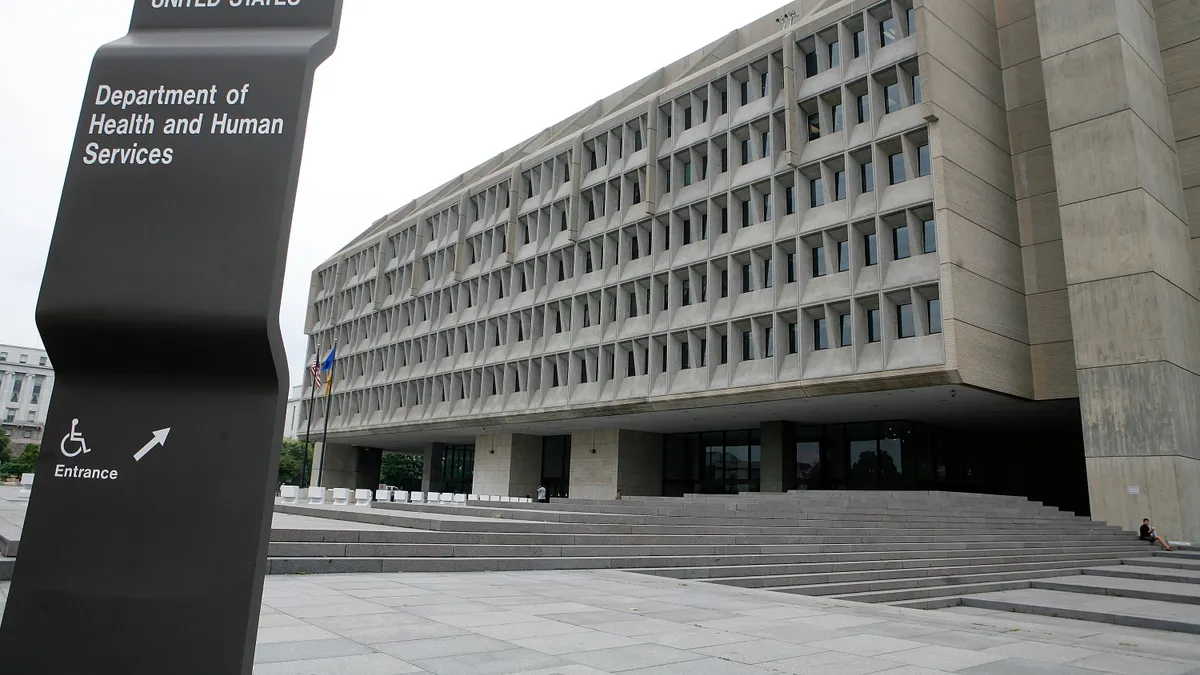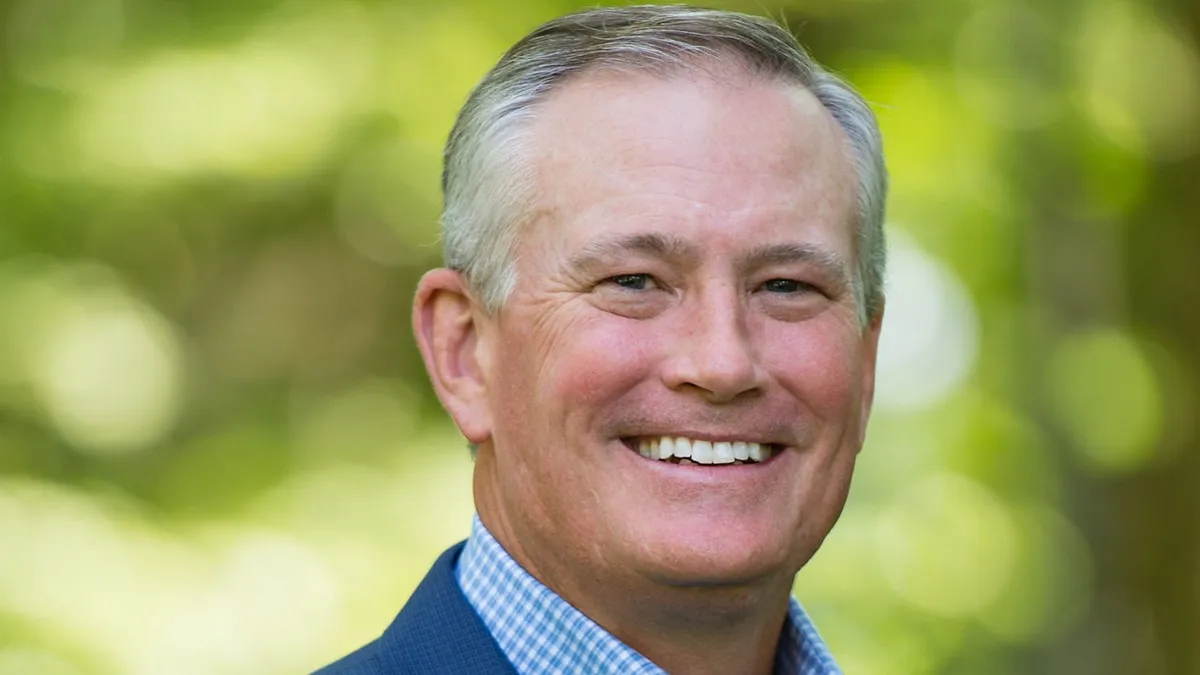Healthcare workers on the front lines of the fight against COVID-19 say there aren't enough supplies for what's likely to come next as the novel coronavirus continues to spread throughout the United States.
As case numbers rise, doctors, nurses and others have taken to Twitter with the hashtag #GetMePPE — referring to personal protective equipment, including N95 masks, which physicians say they've been instructed to reuse against common protocol. Some are making their own masks out of office and other supplies.
The largest union of registered nurses in the country, National Nurses United, on Friday called for a coordinated effort to release and distribute PPE from state and federal stockpiles to ensure that healthcare workers on the front lines are benefiting from them, "because currently they are not seeing these supplies making it to their facilities."
Hospitals also fear the supply of ventilators will soon outstrip the need as more COVID-19 patients are expected to come through their doors with acute respiratory needs.
Healthcare executives want government intervention to help obtain needed supplies as COVID-19 cases rise, healthcare consulting firm Advis found in a recent survey. CEO Lyndean Brick said the results "underscored the fact that in the opinion of hospital executives, additional federal support is urgently needed."
The full resources of the federal government include some emergency stockpiles maintained for times of crisis. Those reserves are the Strategic National Stockpile. While some information about the stockpile isn't released to the public in the interest of national security, here are a few questions answered about the resource.
What is the Strategic National Stockpile and what's in it?
The stockpile is an undisclosed number of government warehouses stashed with resources to combat large-scale crises. The warehouses are strategically placed throughout the country, ready for deployment.
It's the nation's largest supply of potentially life-saving pharmaceuticals and medical supplies in the event of a public health emergency severe enough to cause local supplies to run out, with inventory valued at $8 billion, HHS said.
About 200 federal and contract employees work year-round to perform inventory and sustain the supply, ensuring medicines are within shelf lives or restocked and that environmental conditions are adequate to keep them potent.
Managed by HHS through the Office of the Assistant Secretary for Preparedness and Response, the stockpile also contains beds and other equipment to set up temporary hospitals, along with medical equipment, including respirators. The department said the stockpile currently holds 16,660 mechanical ventilators that can immediately be deployed to supplement state and local equipment, but declined to say how many N95 masks and other PPE the stockpile contains.
How did it come to be?
The stockpile is a fairly new endeavor. In 1999, Congress tasked HHS and the Centers for Disease Control and Prevention to establish the National Pharmaceutical Stockpile. The departments initially received about $50 million in funding, with an initial goal of preparing the country against potential agents of bioterrorism like botulism, anthrax, smallpox, plague, viral hemorrhagic fevers and tularemia.
An original component that still exists today are the 12-hour push packages — strategically located, prepackaged drugs, chemical antidotes and other supplies that can be deployed within 12 hours of a federal decision.
When has it been used?
The stockpile was first used following the 9/11 terrorist attacks. Officials dipped into pharmaceuticals and medical supplies to deploy immediately to victims and first responders.
Later that year, vaccines and medicine from the stockpile helped in the response to the anthrax attacks. In 2003, it was renamed Strategic National Stockpile, shifting the focus away from pharmaceuticals.
In the time since, it has been used most often following natural disasters. When Hurricane Katrina hit in 2005, thousands of beds, vaccines and vials of insulin, among other resources, were sent to Louisiana and Mississippi.
But it's also been used in response to public health crises, including in the H1N1 pandemic in 2009, Ebola in 2014 and Zika in 2016.
As of March 17, the most recent update available, HHS said it has deployed more than 333 tons of cargo to support state needs for personal protective equipment such as masks and dressing gowns, as well as other efforts in response to the current pandemic.
Although it's unclear whether that will be enough, the department said it intends to purchase 500 million N95 respirators over the next 18 months for the stockpile.
It also assigned more than 175 employees to staff the stockpile operation center, and partnered with nearly 35 private industry members for medical supply chain delivery.
Who gets access, and how?
An HHS spokesperson declined to say which states have requested access so far, but said allocations are based on a jurisdiction's population size.
Many states have their own stockpiles that can be used with permission from the FDA and CDC, although HHS doesn't track those supplies. Once state resources run out, they can request federal stockpile access.
To do so, state health officials — through the governor or representative — put in a request to HHS. If approved, the HHS assistant secretary for preparedness and response will direct deployment of supplies from to state public health officials, who are then responsible for distributing the supplies to areas in need.
Healthcare facilities facing shortages should work through their state public health departments for access to supplies, HHS said.
Who has gotten supplies for COVID-19 response?
States have been requesting supplies from the stockpile, but officials tell Healthcare Dive they're getting only a fraction of the supplies they've asked for so far.
Some states have received stockpile supplies to fight COVID-19: Arizona Gov. Doug Ducey announced this weekend that the state received a shipment of PPE — although it represents 25% of Arizona's share of the stockpile, according to the release. The Arizona Department of Health and Human Services said it requested an additional shipment of supplies from the federal stockpile, which is expected to arrive later this month.
Massachusetts is waiting to receive its full request from the stockpile: 750,000 each of N95 face masks, surgical masks, gloves, goggles, gowns and air purifying respirators. State officials put in the request March 5.
In a Wednesday letter to HHS Secretary Alex Azar and Assistant Secretary for Preparedness and Response Robert Kadlec, Massachusetts representatives said the state had only received roughly 10% of the supplies it requested.
Washington state public health officials told Healthcare Dive it had received only a small portion of the supplies requested from the stockpile — 54 of the 540 requests from hospitals and clinics have been filled.
On March 17, state attorneys general from Massachusetts, New York and California — some of the areas hardest hit by COVID-19 outbreaks — wrote a letter to President Donald Trump expressing an urgent need for PPE.

















